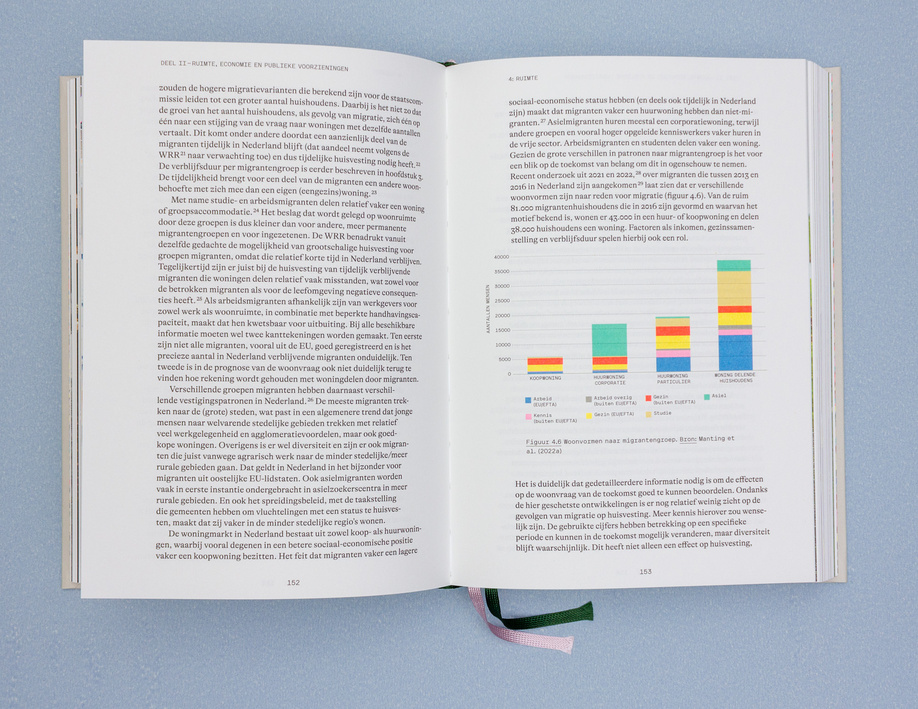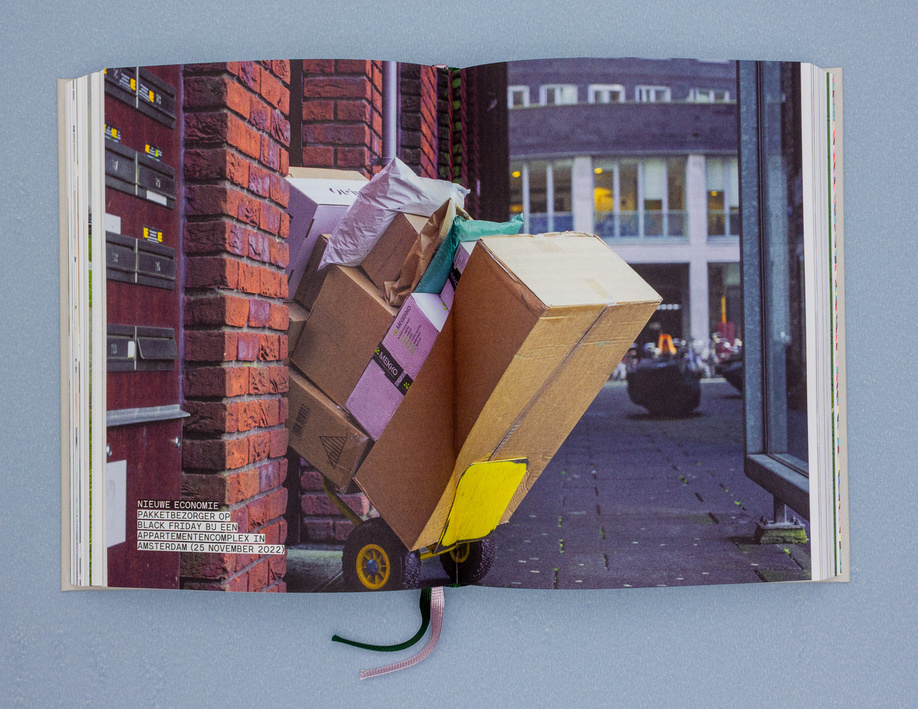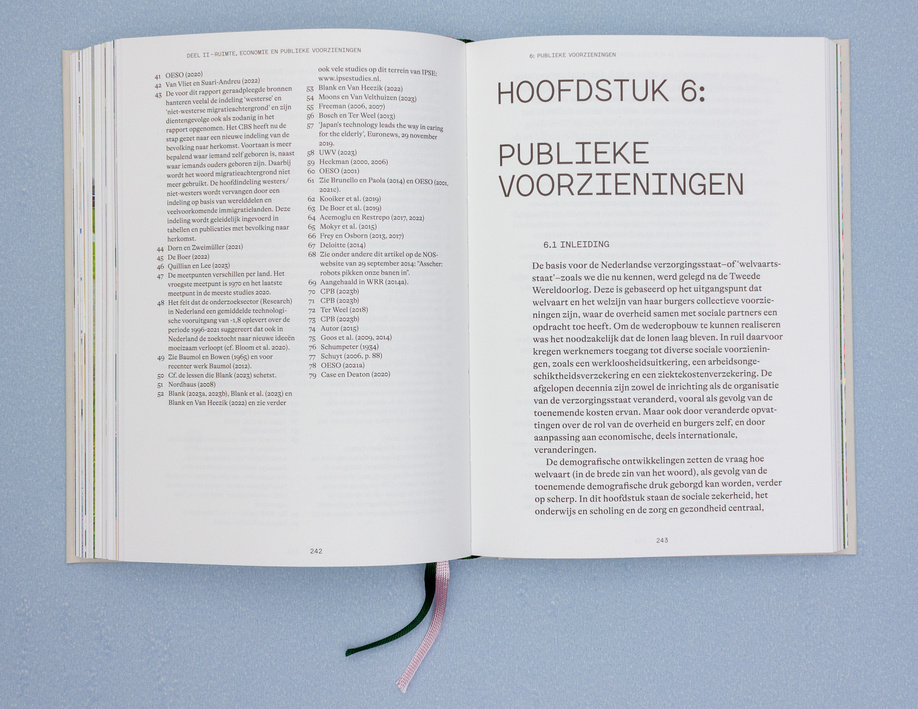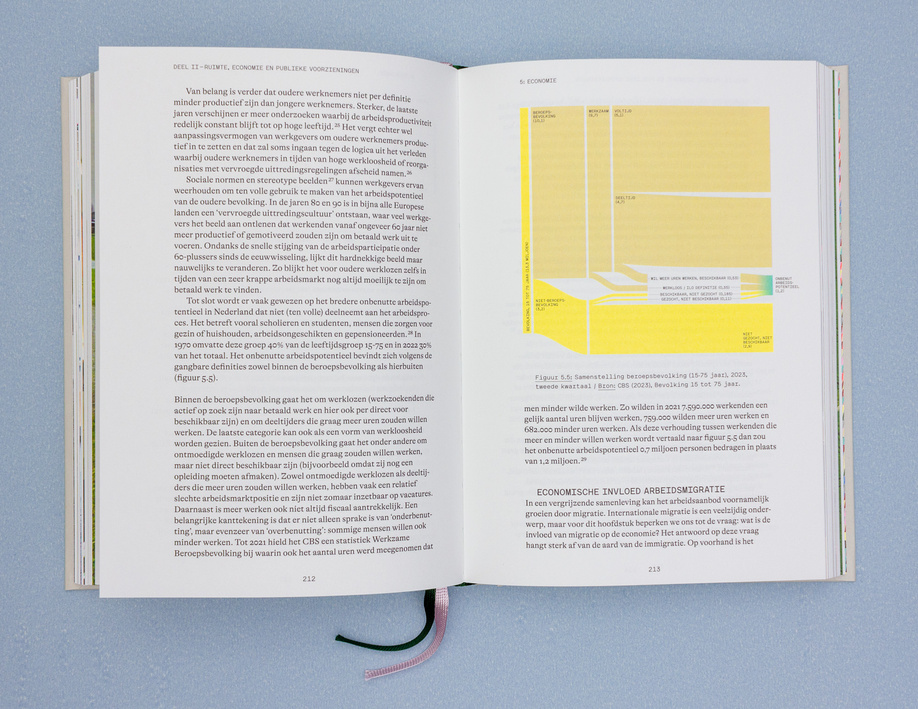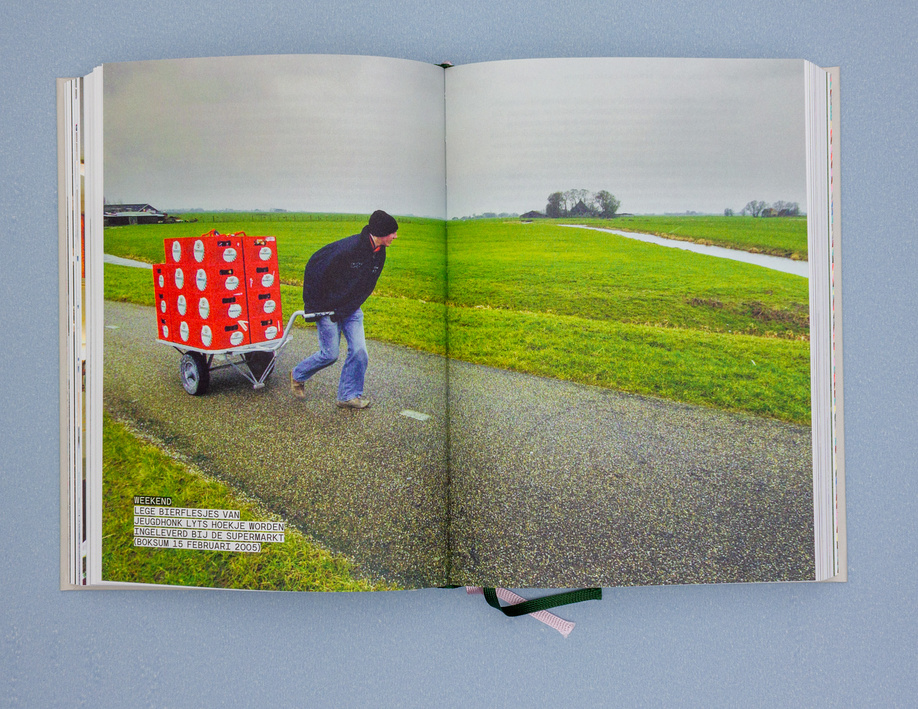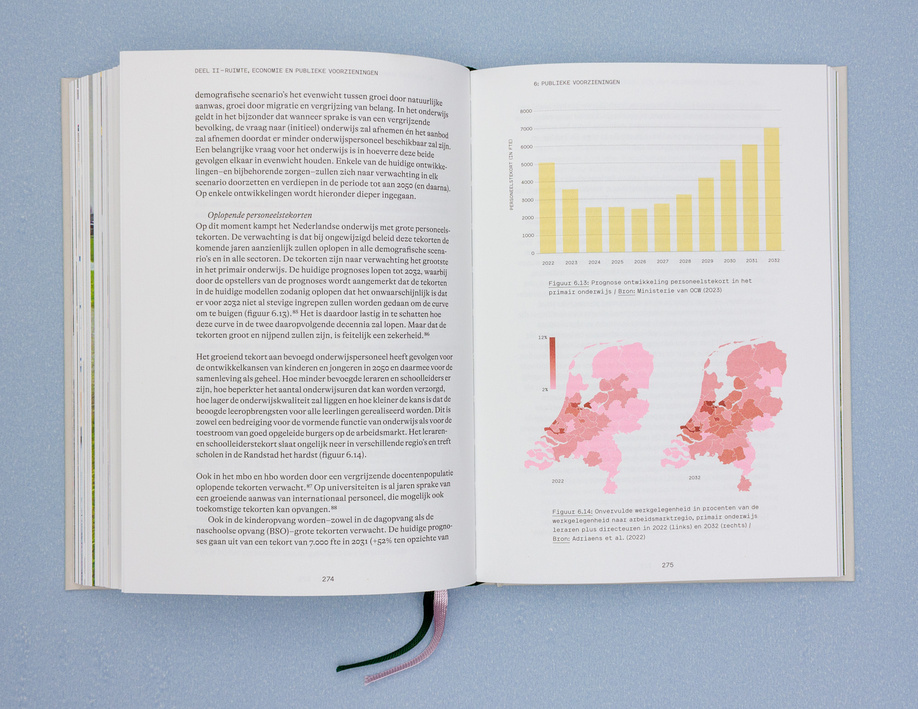

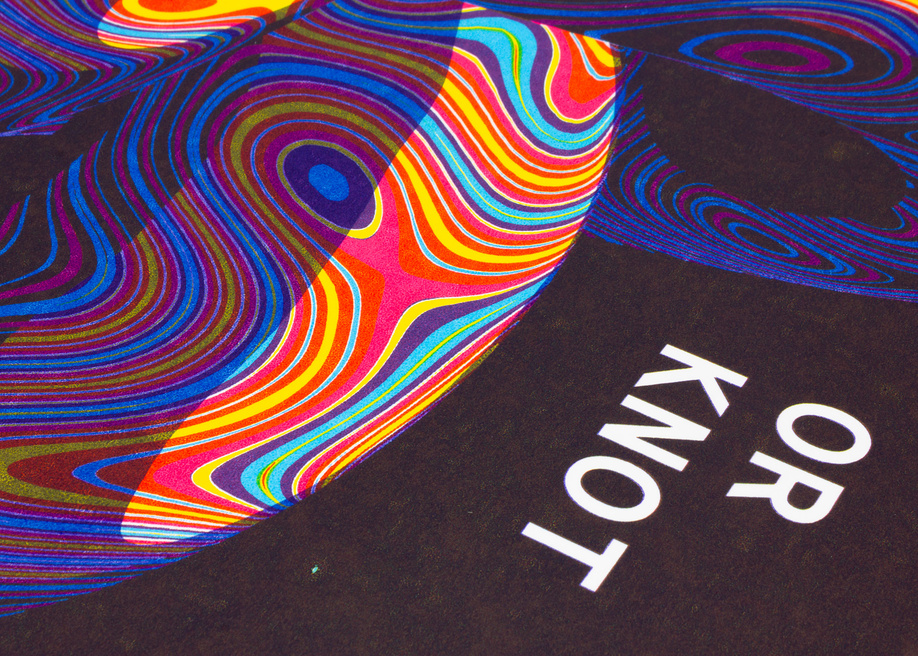

Opal Ribbon
March 2024 – Limited edition Screen prints of Mathematical Knots. In Math, the theory of knots deals with inextricable knots. The simplest mathematical knot is a ring. Two mathematical knots are identical if you can transform one knot into the other by pushing and pulling without cutting the ring open.
Mathematical knots are classified by the number of crossings in the knot. There are no knots with one or two crossings, one with three crossings, and one with four. There are seven knots with seven crossings and twenty-one with eight. There are over 1.3 million knots with sixteen crossings. New knots are still being discovered, like galaxies in the universe.
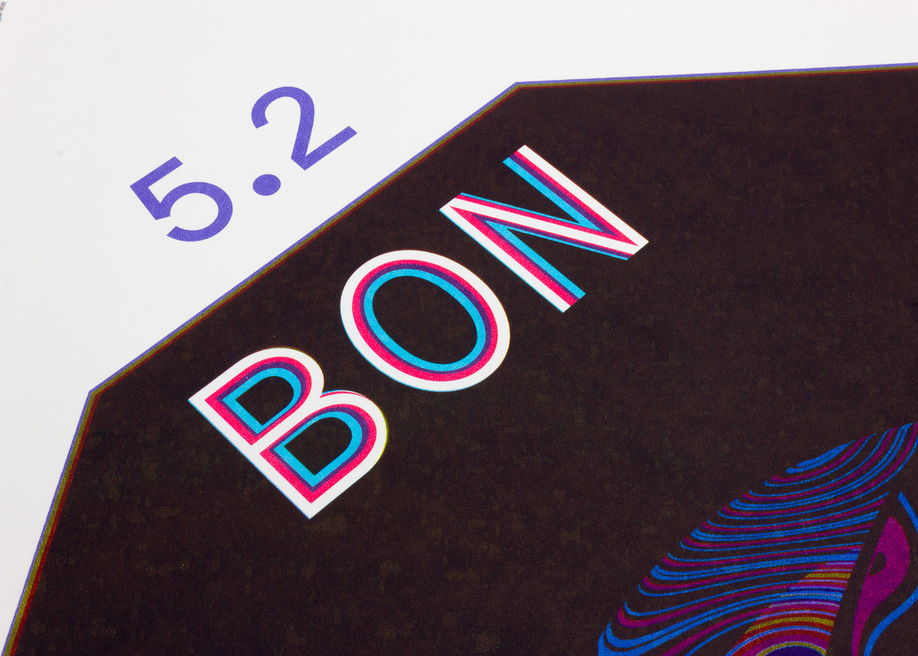
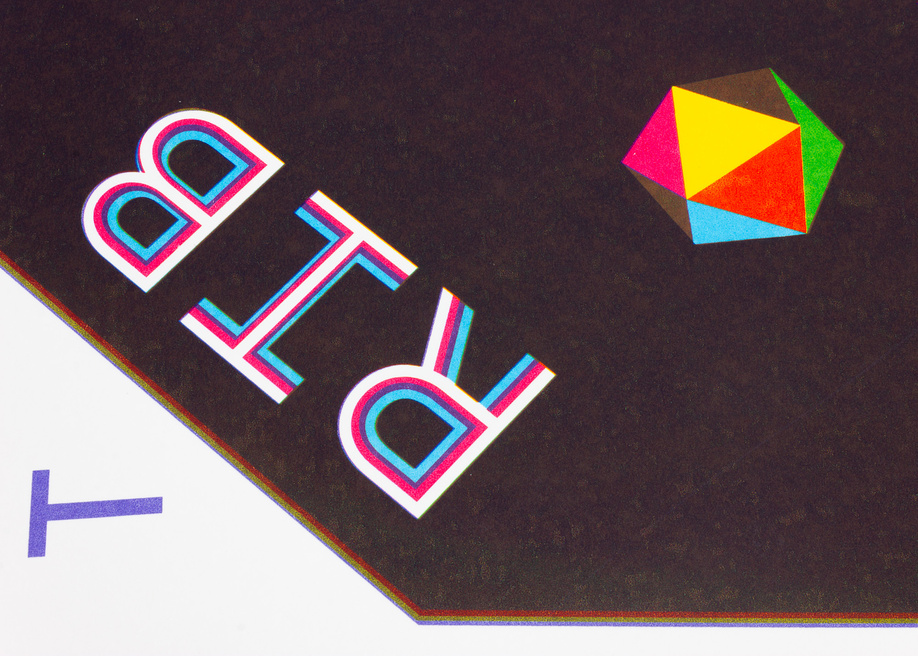

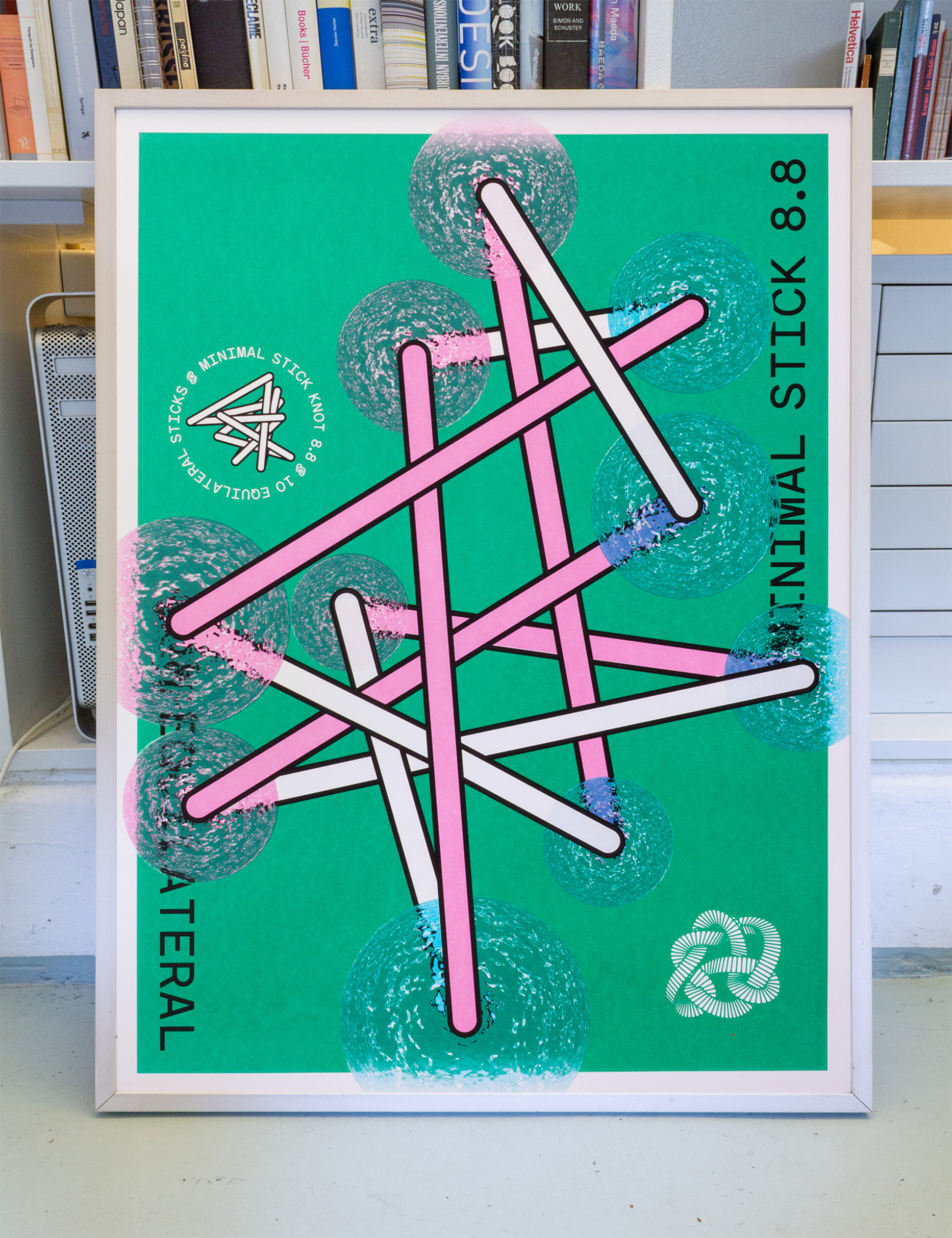
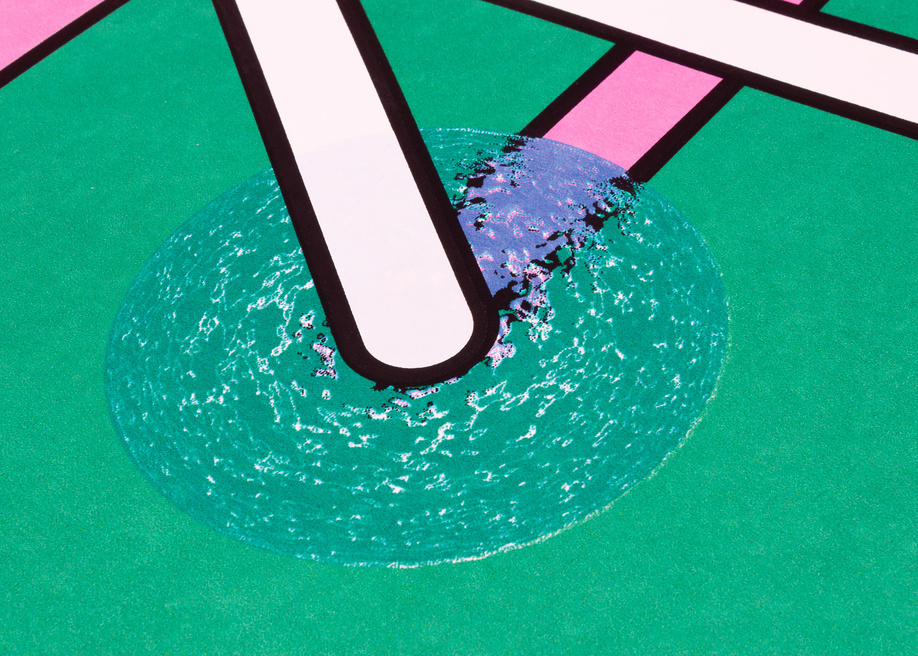

Minimal Stick 8.8
February 2024 – Limited edition Screen prints of Mathematical Knots. In Math, the theory of knots deals with inextricable knots. The simplest mathematical knot is a ring. Two mathematical knots are identical if you can transform one knot into the other by pushing and pulling without cutting the ring open.
Mathematical knots are classified by the number of crossings in the knot. There are no knots with one or two crossings, one with three crossings, and one with four. There are seven knots with seven crossings and twenty-one with eight. There are over 1.3 million knots with sixteen crossings. New knots are still being discovered, like galaxies in the universe.
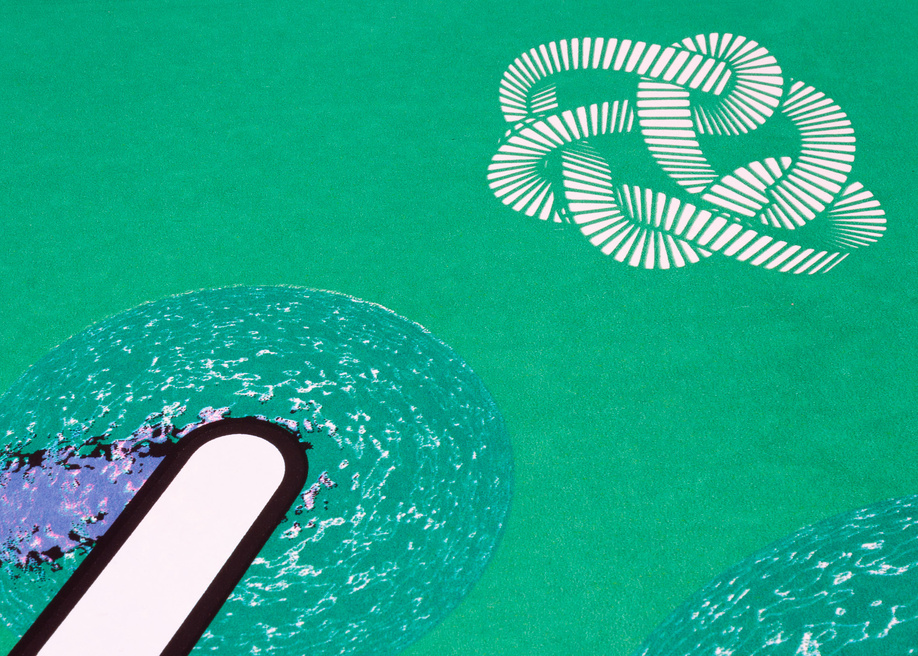



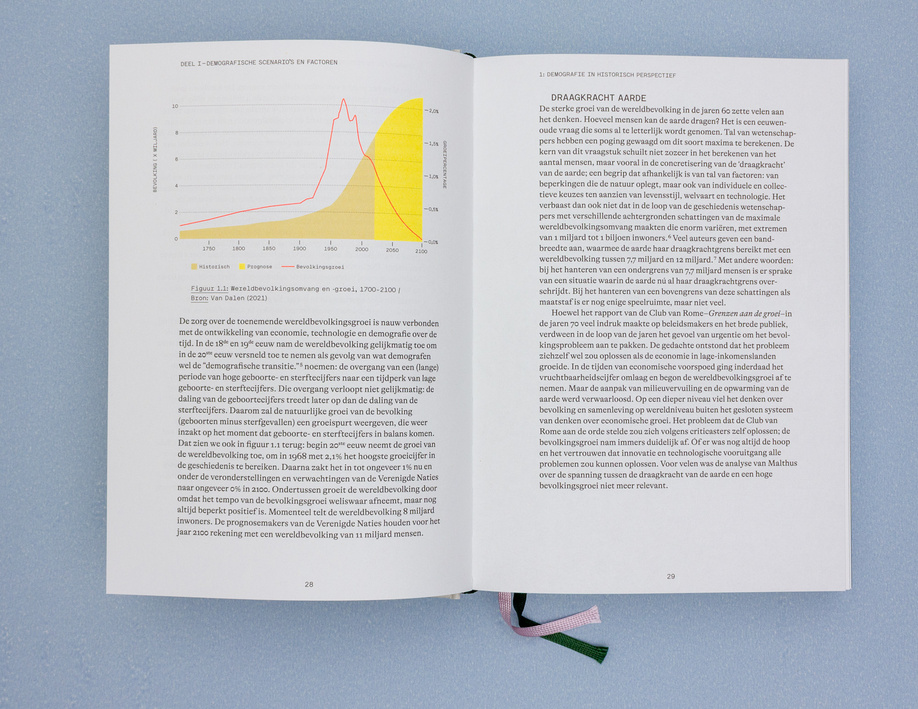


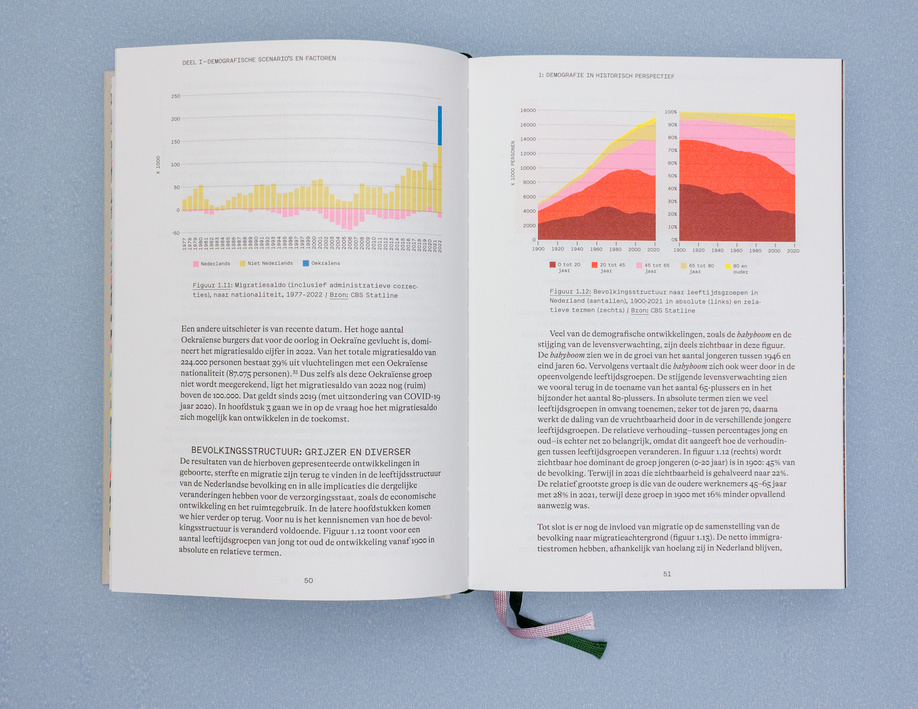
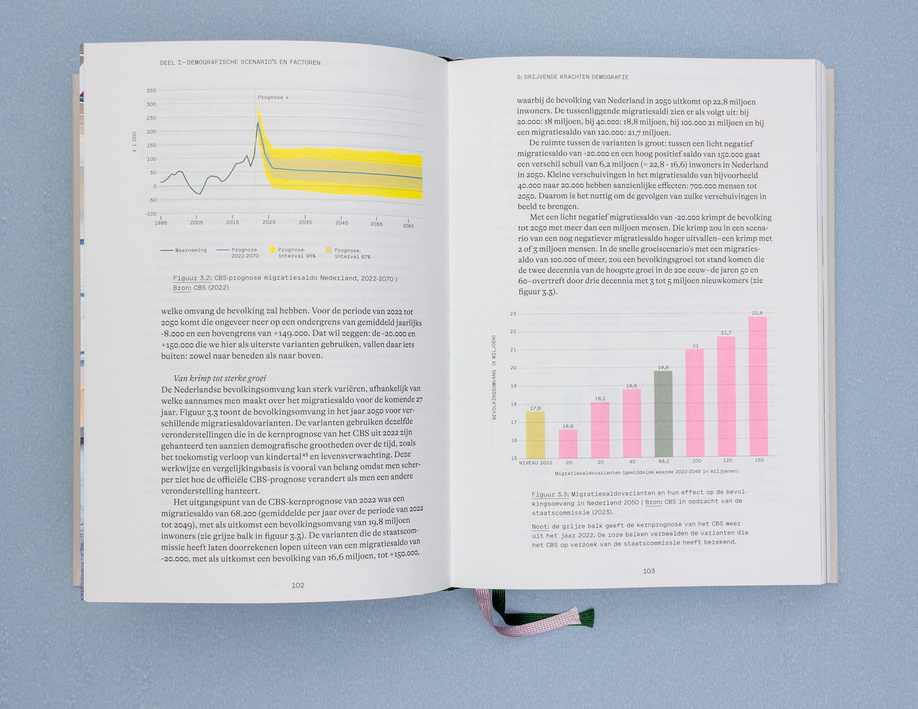
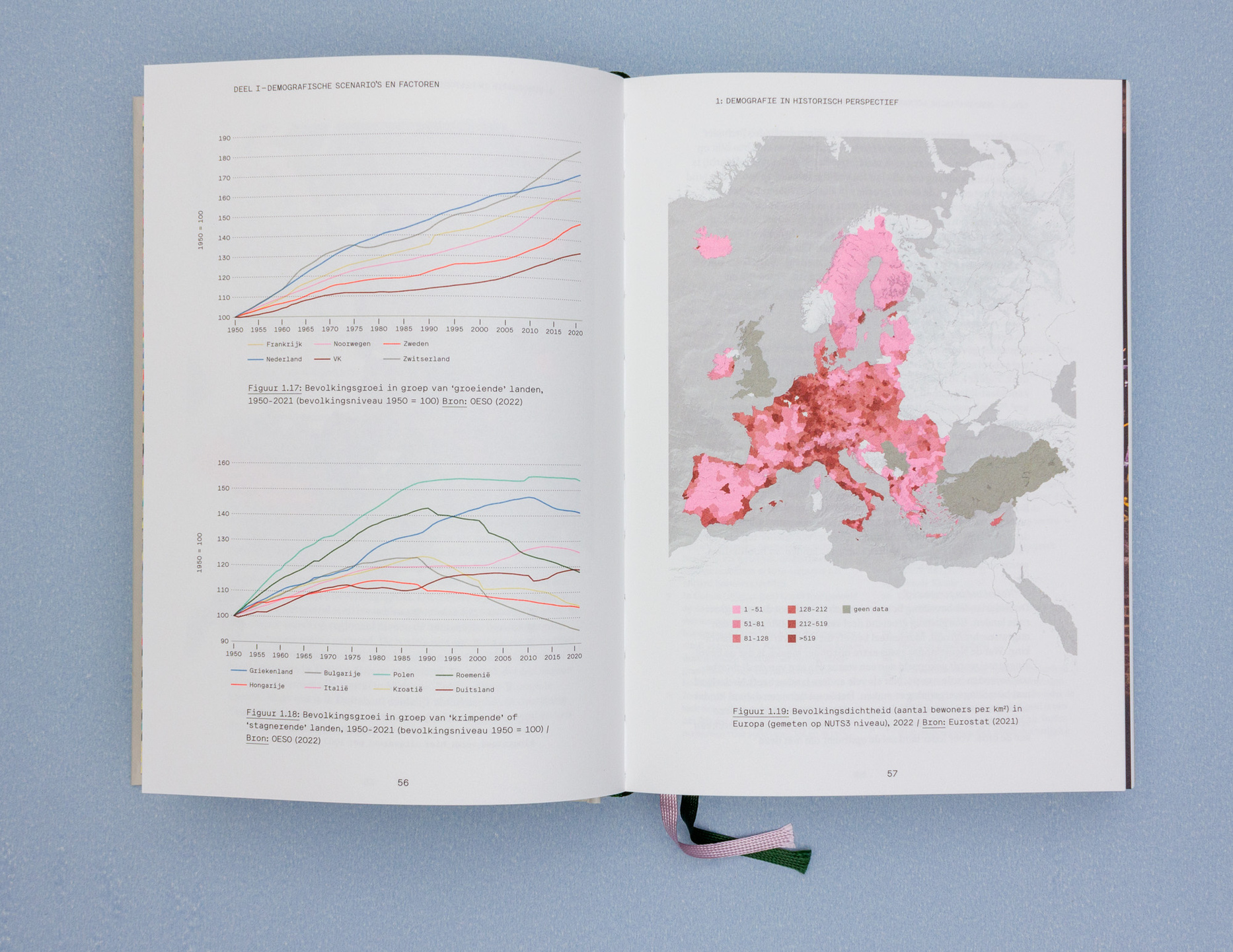

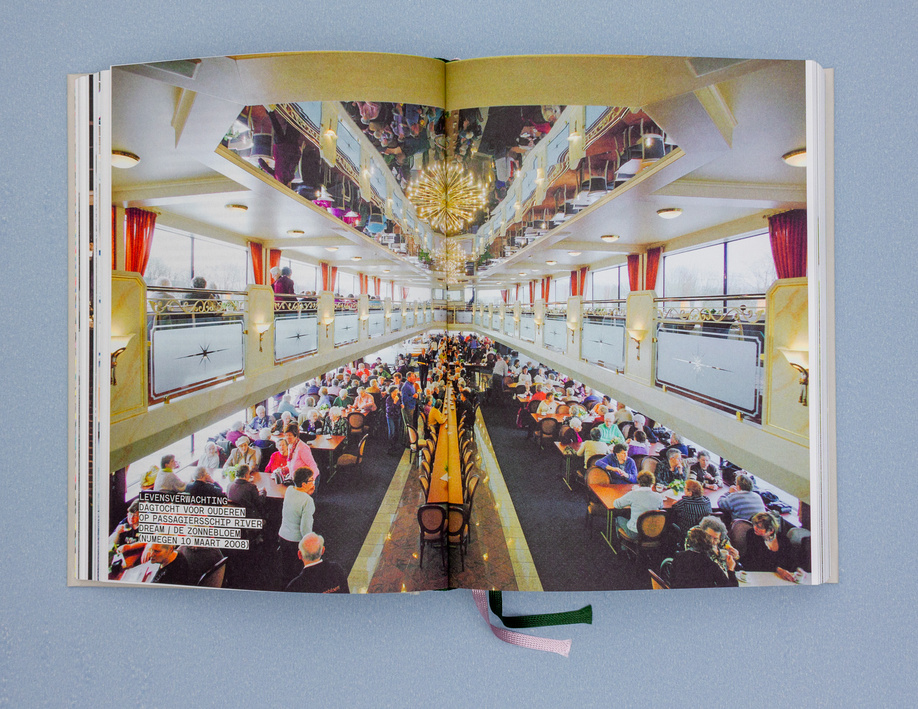
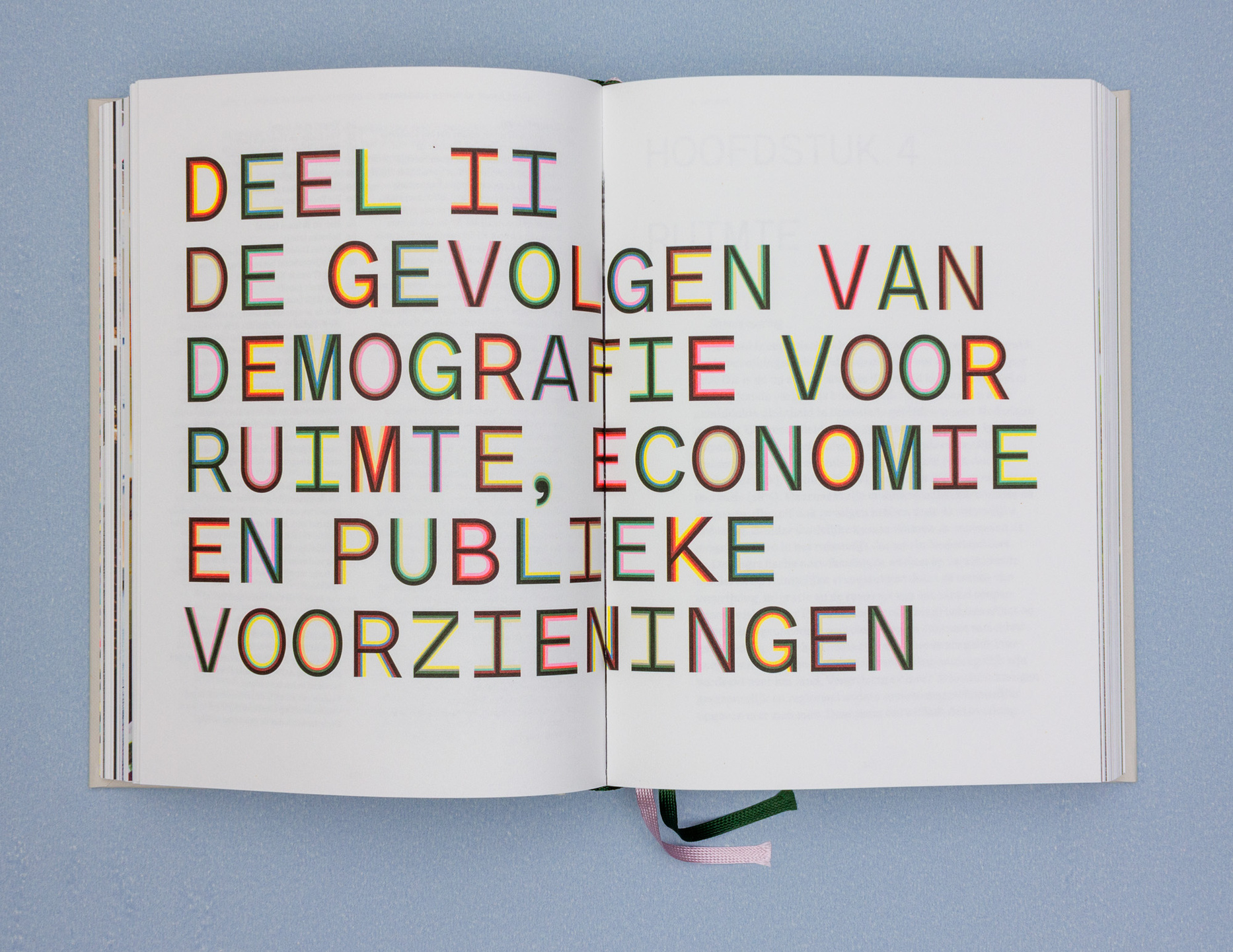

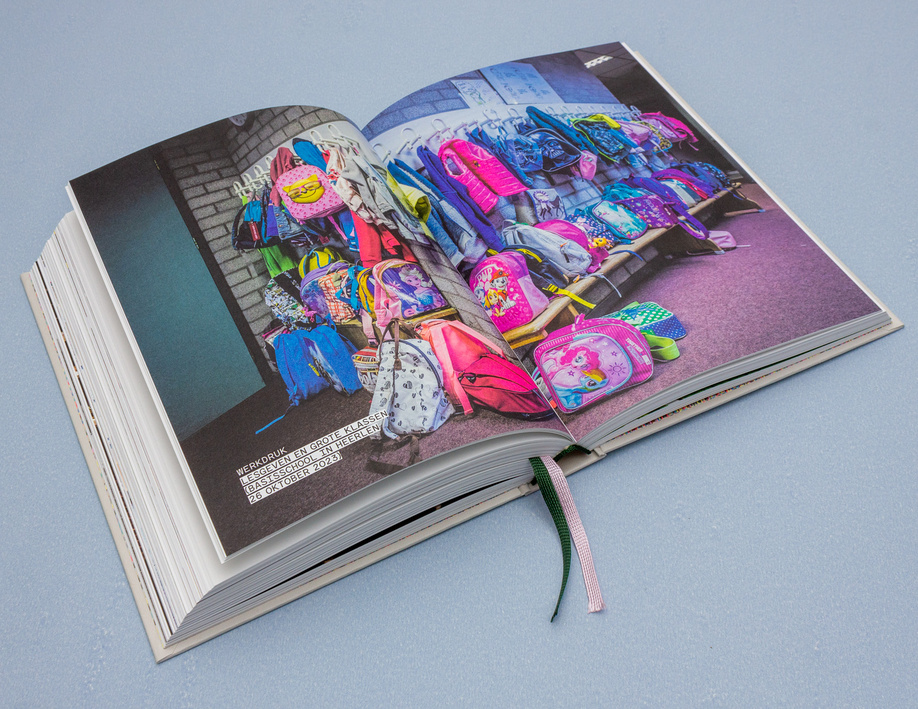
SDO 2050 Gematigde Groei
January 2024 – The Dutch State Commission on Demographic Developments 2050 was established by the cabinet at the request of the House of Representatives. Through demographic scenarios the report examines future developments in the fields of spatial planning and housing, the economy and public services. In collaboration with Hans Aarsman (Photo Editor) .

